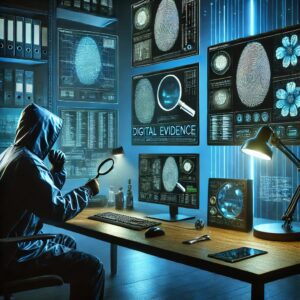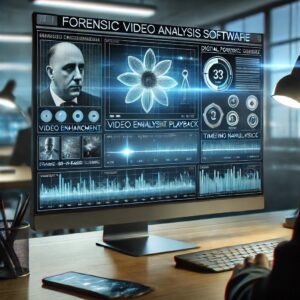In the world of photography, achieving the perfect shot can sometimes be a challenging task. One of the key factors that can greatly impact the quality of your photos is camera calibration. Camera calibration is the process of fine-tuning your camera settings to ensure accurate and consistent results. In this article, we will explore different camera calibration techniques, including lens correction, and how they can help you take your photography skills to the next level.
Understanding Camera Calibration
Before diving into specific calibration techniques, it’s essential to understand the importance of camera calibration. When you first purchase a camera, it comes with default settings that may not always produce the best results. By calibrating your camera, you can adjust various settings such as focus, exposure, white balance, and lens correction to achieve optimal image quality.
Lens Correction
One important aspect of camera calibration is lens correction. Lenses can introduce distortions such as barrel distortion, pincushion distortion, and chromatic aberration. These distortions can affect the overall sharpness and clarity of your images. By applying lens correction techniques, you can minimize or eliminate these distortions, resulting in sharper and more accurate photos.
Types of Lens Distortions
There are several types of lens distortions that you may encounter when taking photos. Understanding these distortions can help you apply the appropriate lens correction techniques:
- Barrel Distortion: This type of distortion results in a bulging effect at the center of the image.
- Pincushion Distortion: Pincushion distortion causes the center of the image to appear pinched or compressed.
- Chromatic Aberration: Chromatic aberration occurs when different colors of light are focused at different points, resulting in color fringing around edges.
Lens Correction Techniques
To correct lens distortions, most modern cameras and photo editing software offer built-in lens correction tools. These tools use mathematical algorithms to analyze the characteristics of your lens and apply corrections automatically. Additionally, you can also manually adjust settings such as distortion, vignetting, and chromatic aberration to achieve the desired results.
Camera Calibration
In addition to lens correction, camera calibration involves optimizing other settings such as focus, exposure, and white balance. Here are some key camera calibration techniques to consider:
- Autofocus Microadjustment: Fine-tuning the autofocus system of your camera to ensure accurate focus.
- Exposure Calibration: Adjusting exposure settings such as aperture, shutter speed, and ISO to achieve proper exposure in different lighting conditions.
- White Balance Adjustment: Balancing the color temperature of your photos to accurately represent the colors in the scene.
Conclusion
Camera calibration is a crucial step in achieving high-quality and consistent results in your photography. By understanding and implementing lens correction and other calibration techniques, you can enhance the sharpness, clarity, and overall visual appeal of your images. Experiment with different settings and techniques to find what works best for your unique style and subject matter. With practice and patience, you can elevate your photography skills to new heights.




